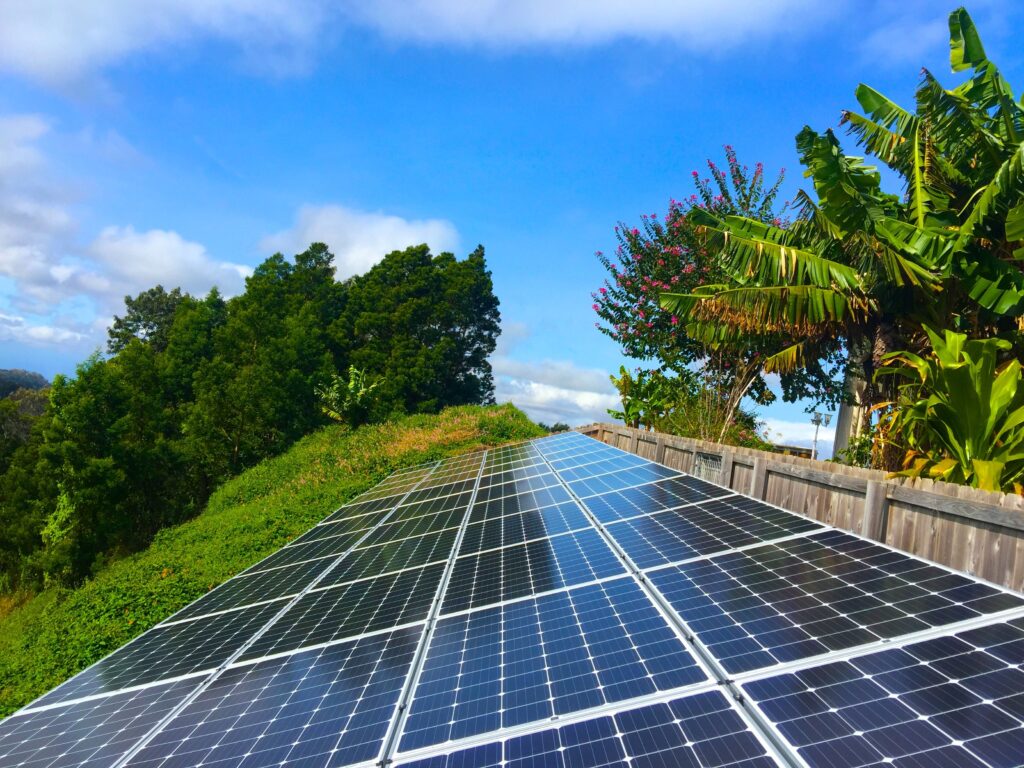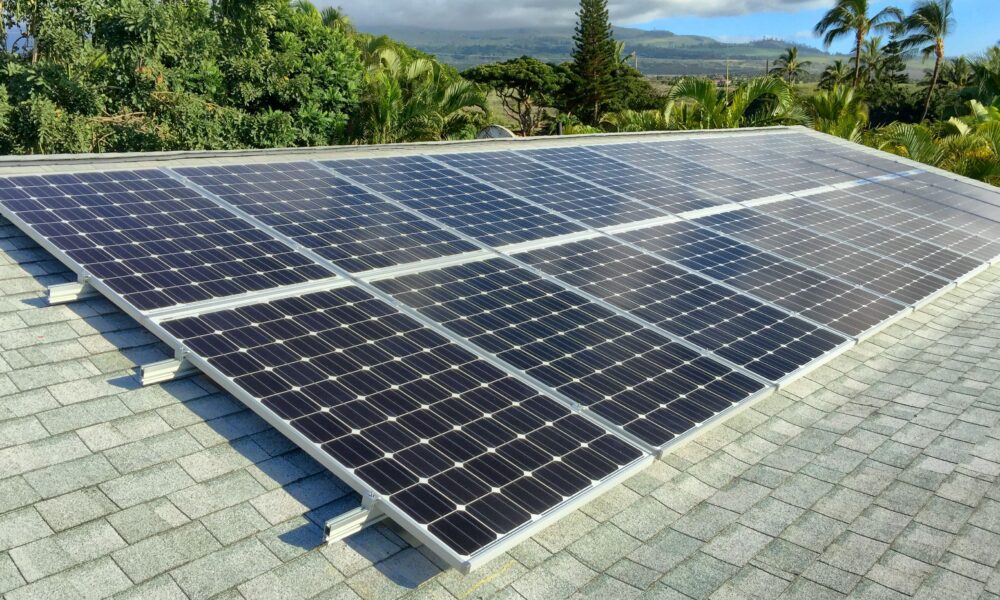Hawaiians have the highest electricity rates in the country. Switching to a Hawaii solar provider like Pacific Energy will do more than just help you save money on your electricity bills.
Solar panels are not only cost-effective to install, but their price has reduced by almost 80% in the previous decade. With Hawaii’s solar tax credit, now is a great time for solar buyers to gain energy independence and break free from fossil fuel dependence while saving money. By filing with the federal government, you can get a second tax credit. This gives you even more financial incentive to get moving sooner rather than later.
How Does Hawaii Solar Tax Credit Work?
Let’s find out how Hawaii solar tax credit work:
Federal Solar Investment Tax Credit (ITC)
One of the most important federal policy measures to assist the expansion of solar energy in the United States is the solar Investment Tax Credit (ITC). Since the ITC was adopted in 2006, the solar business in the United States has grown by over 10,000%. It has produced hundreds of thousands of jobs and invested billions of dollars in the economy. SEIA has been a strong champion for several extensions of this important tax credit. This includes the most recent postponement of the credit phasedown until December 2020.

If you buy a home solar system and install it by December 31, 2022, you will be eligible for a 26 percent federal solar tax credit. Also, in Hawaii, if you buy and install new solar panels with a house battery by 2021, you may be eligible for a 26 percent federal tax credit. In 2023, the residential ITC lowers to 22% and terminates in 2024. You should learn more about the Federal Tax Credit.
Renewable Energy Technologies Income Tax Credit (RETITC)
In Hawaii, a 35 percent state solar tax credit is offered for home solar systems purchased. (There is a maximum tax reduction of $5,000.) If you buy a new rooftop solar panel system in Hawaii, you can deduct 35% of the entire cost from your personal income taxes for that year. For each house solar system, the maximum state tax credit in a taxable year cannot exceed $5,000. If your RETITC is greater than your tax liability, you can carry the credit forward until it is used up. Learn more about Hawaii solar tax incentives.
Green Energy Money Saver Program (GEMS)
The Green Energy Money $aver (GEM$) On-Bill Program Program is a unique financing option for homeowners and renters. It is provided exclusively by the Hawaii Green Infrastructure Authority and it includes:
- Immediate bill savings
- Credit-barrier removal
- A meter-related obligation (not a person)
- Payments are made on a monthly basis on your electric utility bill
- Long-term financing with a set yearly rate of 5.5 percent for up to 20 years
HGIA can ease its credit underwriting standards by adding the GEM$ payments on your monthly utility bill. Also, this allows the responsibility to shift from ratepayer to ratepayer via the home’s electric utility meter. You must acquire your electricity from Hawaiian Electric (HECO), Maui Electric (MECO), or Hawaiian Electric Light (HELCO) to be eligible for GEMS.
Hawaii Clean Energy Initiative
The Hawaii Clean Energy Initiative (HCEI) is a set of statutes and regulations backed by a wide range of stakeholders committed to a clean energy future for Hawaii. In 2008, the State of Hawaii and the United States Department of Energy signed a landmark Memorandum of Understanding to work together to reduce Hawaii’s significant reliance on imported fossil fuels.
In addition, the Hawaii Clean Energy Initiative aims to reach 100% renewable energy by 2045. HCEI will enhance the dynamic, continuous work of public and private organizations at the national, state, and county levels by engaging with thought leaders and committed groups and individuals. Learn more about Hawaii’s clean energy initiative.
Harnessing Sunshine and Savings: The Benefits of Hawaii’s Solar Tax Credits
The Hawaii solar tax credit provides homeowners significant savings and environmental benefits by potentially cutting solar PV system installation costs by up to 60% through state and federal incentives, along with property tax benefits. Given the state’s high energy costs and ample sunlight, solar investment is a wise choice for long-term savings and sustainability, especially with upcoming reductions in federal credits urging immediate action.
Harnessing Sunshine and Savings: The Benefits of Hawaii’s Solar Tax Credits
The Hawaii solar tax credit provides homeowners significant savings and environmental benefits by potentially cutting solar PV system installation costs by up to 60% through state and federal incentives, along with property tax benefits. Given the state’s high energy costs and ample sunlight, solar investment is a wise choice for long-term savings and sustainability, especially with upcoming reductions in federal credits urging immediate action.

